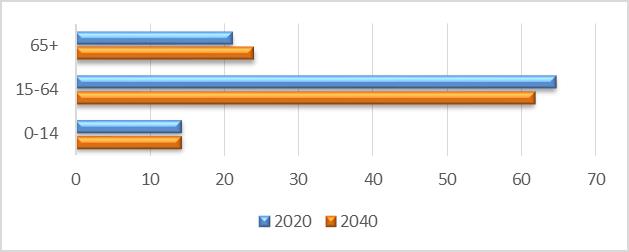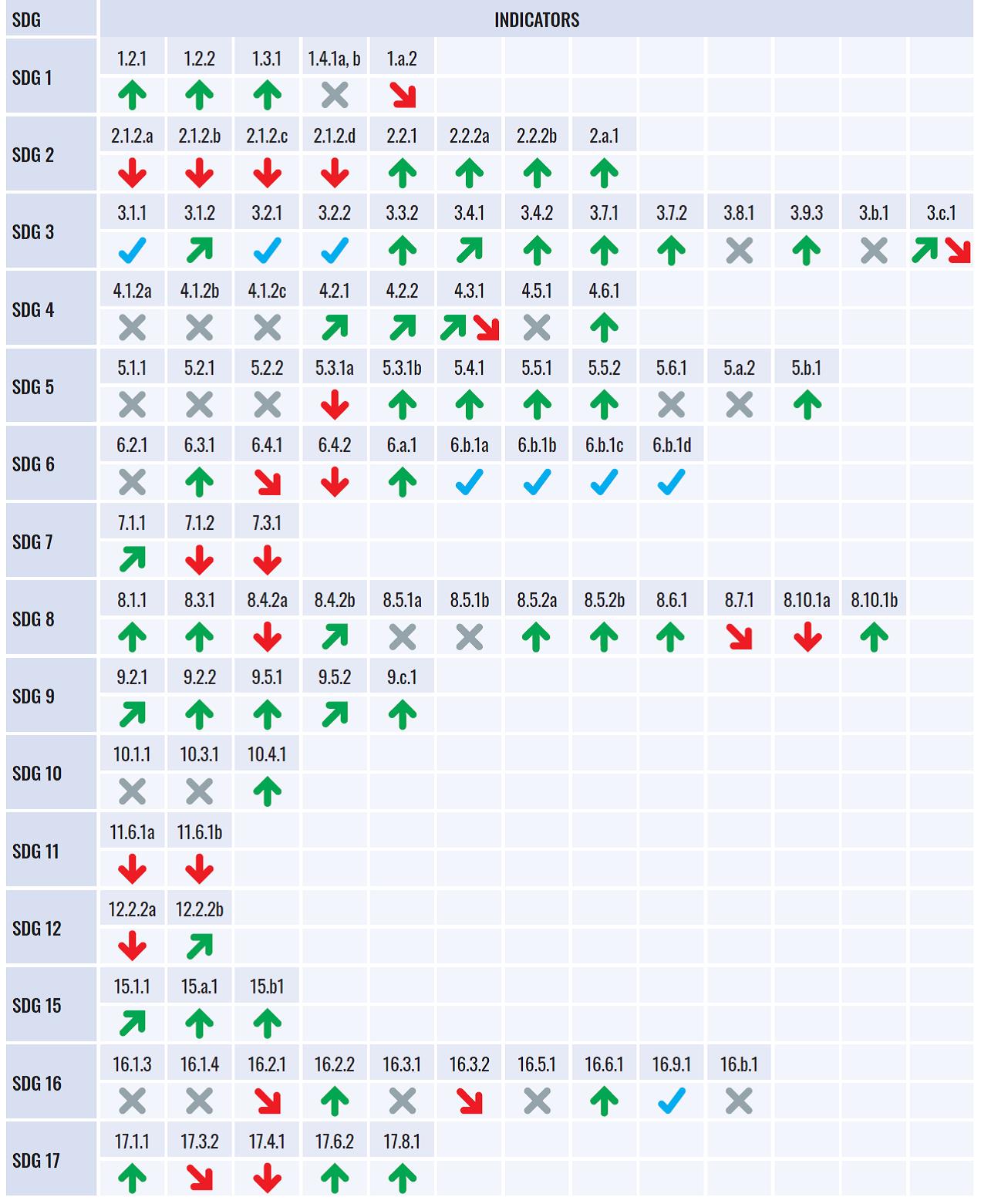General description of the country
Serbia became an EU candidate in 2012 and has opened two of the six EU thematic policy clusters of the negotiating framework, and none closed. The open clusters are Cluster 3, “Competitiveness and Inclusive Growth”, and Cluster 4, “Green Agenda and Sustainable Connectivity”. Additionally, 18 of 35 negotiating chapters of the EU acquis are opened, with two chapters provisionally closed. The open chapters include Judiciary and Fundamental Rights, Justice and Security, and Procurement. Eu Negotiations provide a basic reform agenda for the country’s environmental policies as well.
As in other Central and Eastern European countries, demographic trends in Serbia point to a declining population and ageing, driven by a negative migration rate and low fertility rates. Serbia’s population is demographically old, comparable to many EU countries, with 21.1% of residents aged 65 years and older in 2020.1 The rate of natural population growth has remained negative for many years. The World Bank estimates that, if current trends continue, the population of Serbia will fall to 5.51 million by 2050 (World Bank 2020).

GDP per capita remained at 7,666 USD in 2020 at market prices, second in the Western Balkans but less than half the average for Central Europe and the Baltics (16,082 USD) and less than a quarter of the EU average (33,927 USD) (World Bank Poverty and Equity Data Portal). Poverty remains relatively high compared to average levels for the EU-28. Unlike in other countries, the at-risk-of-poverty rate2 decreased in 2020 to 21.7%.
Climate change, pollution and environmental degradation confront Serbia’s decision-makers as both global and local emergencies. Three key priorities for the country emerge clearly for the country in this complex domain: completing and implementing a comprehensive regulatory framework; mobilising both private and public finance; and build skills and capacities to fast track the green transformation agenda across the country and economic sectors; while addressing related political resistance.

- 1From 2007 to 2020, the percentage of young people (0–14 years) fell from 15.5% in 2007 to 14.3% in 2020, while the percentage of the population 65 years and over increased from 17.2% (2007) to 21.1% (2020).
- 2The at-risk-of-poverty rate is the proportion of persons whose income per consumer unit after social transfers is less than 60% of the median of the national income per consumer unit.
